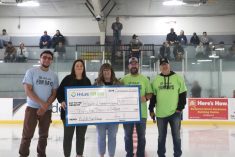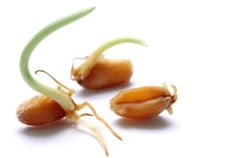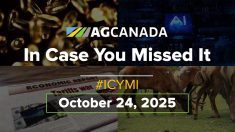While nobody is suggesting placing cattle on beach blankets with
sunglasses, researchers at the United States Meat Animal Research
Center in Clay Center, Nebraska, have new information to help producers
planning for relief in a heat wave.
A heat wave is three or more consecutive days of extremely hot
conditions. These have occurred more often in the 1990s than in the
previous four decades, said recently retired agricultural engineer and
biometeorologist LeRoy Hahn.
Heat waves are usually most severe from mid-June to mid-August, when
Read Also

New Alberta funding for program hopes to further unlock agritourism industry in province
Alberta Farm Fresh Producers Association is launching a new initiative thanks to $300,000 of provincial funding to bolster Alberta’s smaller scale family farms and agritourism sector.
many cattle are near market weight.
During heat waves, beef cattle do not grow as fast or as efficiently,
and dairy cattle don’t produce as much milk.
Production goes down even more when warm nights prevent the animal from
recovering.
There are a few ways to observe whether cattle might be heat-stressed.
A simple way is to compare the temperature and humidity to a graph to
see whether the animal is in the danger area.
But Hahn thinks the animal is the best sensor, and respiration rate is
a way to measure heat stress. When humans get hot, they sweat. Cattle
do little sweating. They lose heat mainly through respiration and,
eventually, panting.
On hot days, Hahn said, farmers should count the breaths per minute of
a few cattle to see if they exceed the healthy rate of 60-80. This can
be done with a simple stopwatch.
There are two general ways to help the animal when it is heat-stressed.
One is with a sprinkler system. Agricultural engineer John Nienaber
said watering should not be done constantly. The animal needs some time
to dry because evaporation is what keeps it cool. Also, continued
watering creates mud.
Another way is to provide shade or shelter, which can be expensive. But
Hahn thinks the cost of keeping the animal cool is a form of insurance
against death losses in extreme heat waves. It can save money down the
road by improving production even during less stressing conditions.














